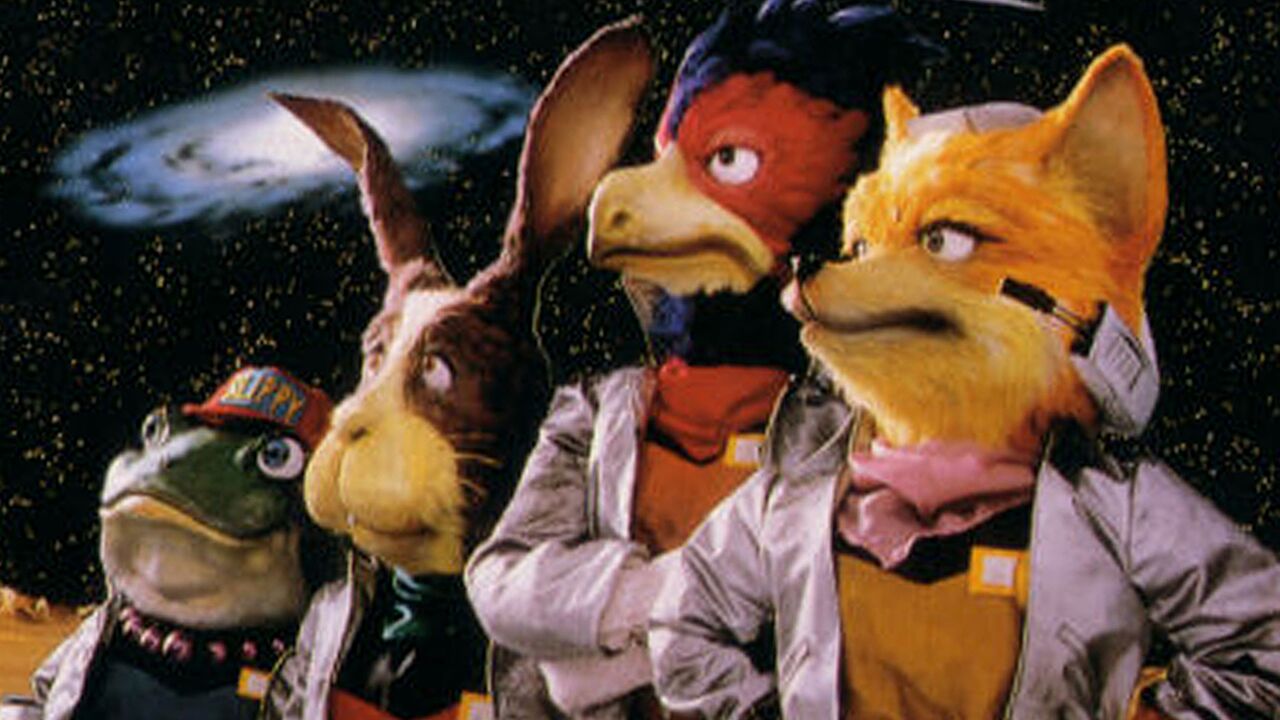As Star Fox turns 30, it’s time for a reboot that admits: it’s okay for games to be short Leave a comment
Star Fox has a problem. It’s a problem that faces a lot of games of its type and era – titles with their roots in the arcade, in sapping cash from hapless players. Sure, Star Fox was never actually an arcade game – but the games it is directly descended from were absolutely structured in that way, designed primarily to maximize player turnover and revenue.
Today, Star Fox turns 30 years old – but it’s fair to say that for at least half of that existence, the adventures of Fox McCloud have been a little bit crap. Or, well – maybe crap is a bit harsh. Let’s call them muddled. And the reason? Well, it’s that damn problem described above – it’s an issue of structure.
You see, the best Star Fox games are short. Like I say, they’re structured like arcade games – similar in length to peers like After Burner or Space Harrier, but equally of a similar length to stuff like Time Crisis or House of the Dead. They’re designed so that they can be finished in under an hour, so that even experienced players are off the machine within a reasonable time, freeing up that control deck and coin input for a new customer. The length was designed to appeal to arcade and laundromat owners first, and players second – which is a problem in the modern gaming landscape.

